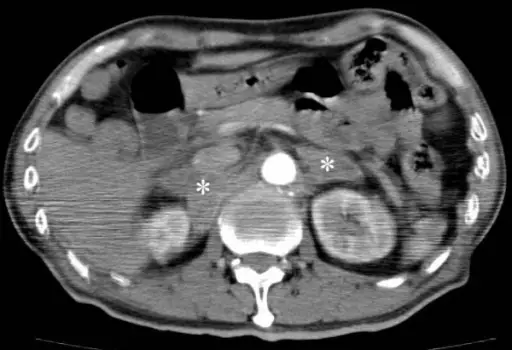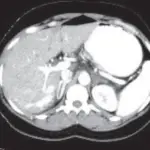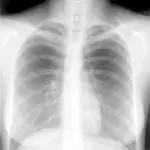Adrenal crisis is a life-threatening state caused by insufficient levels of cortisol.
What is the Pathology of Adrenal Crisis?
The pathology of adrenal crisis is:
-Etiology: The cause of adrenal crisis includes adrenal hemorrhage, steroid stoppage, septic shock, and stress.
-Pathogenesis: The sequence of events that lead to the adrenal crisis is that it occurs when the adrenal glands fail to release adequate amounts of these hormones to meet physiologic needs.
-Morphology: The morphology associated with adrenal crisis shows enlarged adrenals.
-Histology: The histology associated with adrenal crisis shows that adrenal hemorrhage appears as hyperdense, bilaterally enlarged adrenal glands.
How does Adrenal Crisis Present?
Patients with adrenal crisis are either male or female and present at the age range of all age groups. The symptoms, features, and clinical findings associated with adrenal crisis include fever, lethargy, hyperkalemia, hyponatremia, hypotension, diarrhea, vomiting, and convulsions.
How is Adrenal Crisis Diagnosed?
Adrenal crisis is diagnosed with abdominal computed tomography (CT) scanning to visualize the adrenal glands for hemorrhage, atrophy, infiltrative disorders, and metastatic disease. Histologic evidence of infection, infiltrative disease, or another condition may be demonstrated in primary adrenocortical failure.
How is Adrenal Crisis Treated?
Adrenal crisis is treated with the administration of glucocorticoids in supraphysiologic or stress doses that is the only definitive therapy.
What is the Prognosis of Adrenal Crisis?
The prognosis of adrenal crisis is fair and in the absence of bilateral adrenal hemorrhage.



